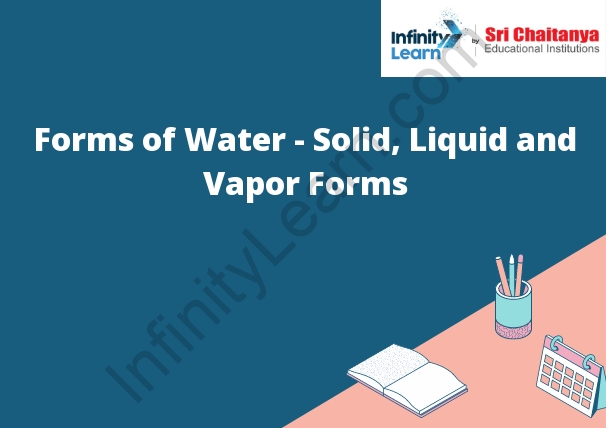Table of Contents
Forms of Water
Water is a chemical compound with the molecular formula H 2 O. It is a transparent, odorless, and tasteless liquid at room temperature. Water is the most abundant compound on Earth, and the only compound found in all three forms of matter: solid, liquid, and gas.

Water is a molecule consisting of two hydrogen atoms and one oxygen atom. It is a colorless, odorless, and tasteless liquid that is essential to all known forms of life. The physical and chemical properties of water are determined by the polarity of the water molecule and the hydrogen bonding between water molecules.
1. Water in Solid Form
When water is in solid form, it is in the shape of a solid. It is in the shape of a cube or a sphere.
2. Water in Liquid Form
Water is a chemical compound that is composed of two hydrogen atoms and one oxygen atom. When water is in liquid form, it is a clear, colorless, odorless, and tasteless liquid that is slightly viscous. It is the most common substance on Earth and is essential for life.
3. Water in Vapour Form
Water can exist in three states: solid, liquid, and gas. The water in gas form is called water vapour. Water vapour is a gas that is made up of tiny water droplets. These droplets are so small that they can easily move through the air.
Water Cycle
- The water cycle is the continuous journey of water from the Earth’s surface to the atmosphere and back again. It is a cycle because the water that evaporates from the surface eventually rains back down to the surface.
- The water cycle is driven by the sun. The sun’s energy heats the Earth’s surface, which causes water to evaporate. The water vapor rises into the atmosphere, where it cools and rains back down to the surface. The water that evaporates from the surface eventually rains back down to the surface.



